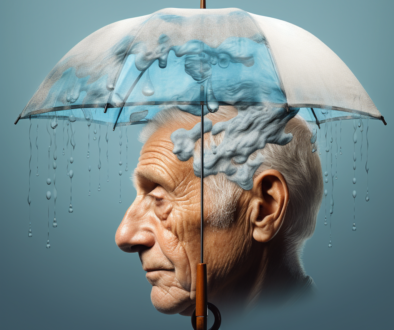Restrictive Measures Part 3
My next part in this series was going to be about police used as crisis response. But Disability Rights Wisconsin sent out this headline for a report on Restrictive Measures and Seclusion in the schools.
For me or the people I work with, this report is not surprising. Schools do actually have to report incidents where they use restrictive measures; the problem is the misunderstandings of what constitutes a restrictive measure. So the data is flawed because there is no standards taught to schools.
There was a similar report two years ago. Disability Rights Wisconsin wants to tout that they came up with recommendations to fix the issue. Did they follow up in any policy or political action pertaining to those recommendations? Clearly there is still a lack of proper education in the schools or trainings that would diminish the use of restrictive measures or seclusion.
When I was in elementary school, I used to walk the halls with my nurse and I saw teachers lying on top of students in the classroom doorways in an attempt to calm them down. Twenty five years later teachers either put them in an empty room or call the police school liason officer. The thing I suspect school staff have figured out is that having the liason officer deal with a student takes the burden off the school to follow state standards, the reporting process, and the liability issues. Police in many cases are allowed to use whatever means they see fit to take control of the situation. Also, while there are wonderful trainings and trainers out there doing crisis intervention, a majority of police departments have not utilized resources to meet the obviously increasing need for appropriate mental health response.
One school district’s idea of proper training for seclusion and RMs is to promise that you looked at a PowerPoint slide show located on the district’s website.
You want to know what I really want to know? Where are the school social workers? School psychologists? School counselors? I mean I hope that these professionals are doing more than assessments!
Restrictive Measures are necessary sometimes. Some people may want to argue with that but it’s a matter of personal safety. The problem is that RMs are being overly implemented and improperly used in schools so it creates an overall negative response. If done correctly, RMs become a last resort to preventing other circumstances such as inpatient psychiatric care or incarceration. We can certainly see how improper crisis responses have led to the deaths of many people.
In fact, just the other day I learned that a young man who was transgender had been killed by police in his parent’s home when they called police because he was threatening to kill himself. This young man was sick of a system and sick of professionals without proper knowledge that actually told him that he needed to cure his autism before he could start taking testosterone.
But I want to know how an advocacy organization which doesn’t get federal or state funding is not able to advocate for children and families? How can organizations not put in the effort on a local, state, and federal level in the areas of social policy and political change? If agencies employ attorneys and advocates then why are organizations mostly set up just to do awareness campaigns?
I mean come on! I filed a federal discrimination complaint against my graduate school because they discriminated against students with disabilities. I put myself on the ledge for what I believed was right. I graduated late but I can hold my head up high knowing I gave a damn about the area of study my degree is in.
Be an advocate.
http://www.disabilityrightswi.org/archives/5805



